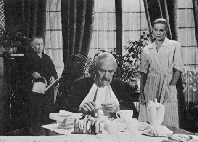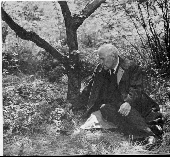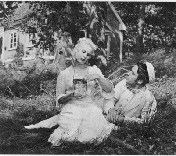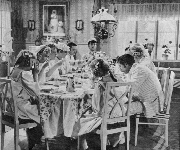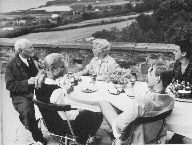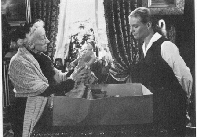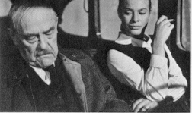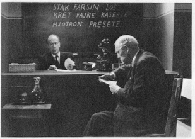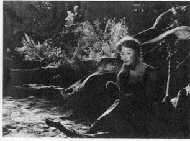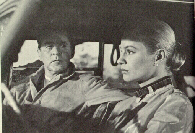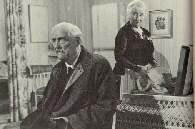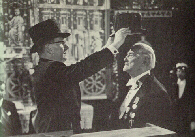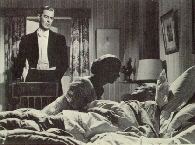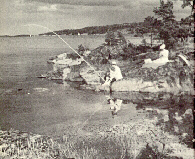In Ingmar Berman�s film masterpiece Wild Strawberries, the protagonist, an elderly professor who is facing death, has tocome to face to face with a long life that has failed to answer theimportant questions.
Bergman introduces three young people into the drama to introduce life�smost important question - that of the existence of God. The old man givesthem a ride. One of the young men is thinking about becoming a parson; theother argues that God doesn�t exist. The old man offers no opinion to thedebate. He is silent, but it is a loud silence. It�s a silence that revealsan amazing dimension of loss - the loss of year upon year of not coming toterms with this all-important question.
In one of the final scenes, Bergman masterfully closes in tight on the agedface of Professor Isak Borg. In that shot, we can see the whole universe in his eyes and all of its cares in the bags beneath them.
The imagery in Wild Strawberries is unparalleled ass looking for the handless watch, the corpse wagon, the sparseness of the first scene, the car windows turning to black - ominous signs are everywhere. Notice the clues that point to Bergman�s existential philosophy (the twins write a song for a deaf man - asfutile as Sisyphus� labor!) and the redemption themes (Izak pierces his handas he looks into the window, or the line: �A doctor�s first duty is to askfor forgiveness.�). Notice also the outright defiance of the divine presencethat he has bred into his son (�I will not be forced to live one day longerthan I want to.�).
Izak is ready to die, but it seems that, for him, life is more forbiddingthan death. He is a living corpse, dead already in nearly every way. All ofthese factors conspire to create a masterwork of pure art, and one that getsricher with each repeated viewing.
The film is also cathartic in the sense that Greek drama was cathartic - awarning to the men of ancient Greece to avoid the tragic flaw that undoesthe hero - and may be a fateful knock on the door of your undoing as well.
